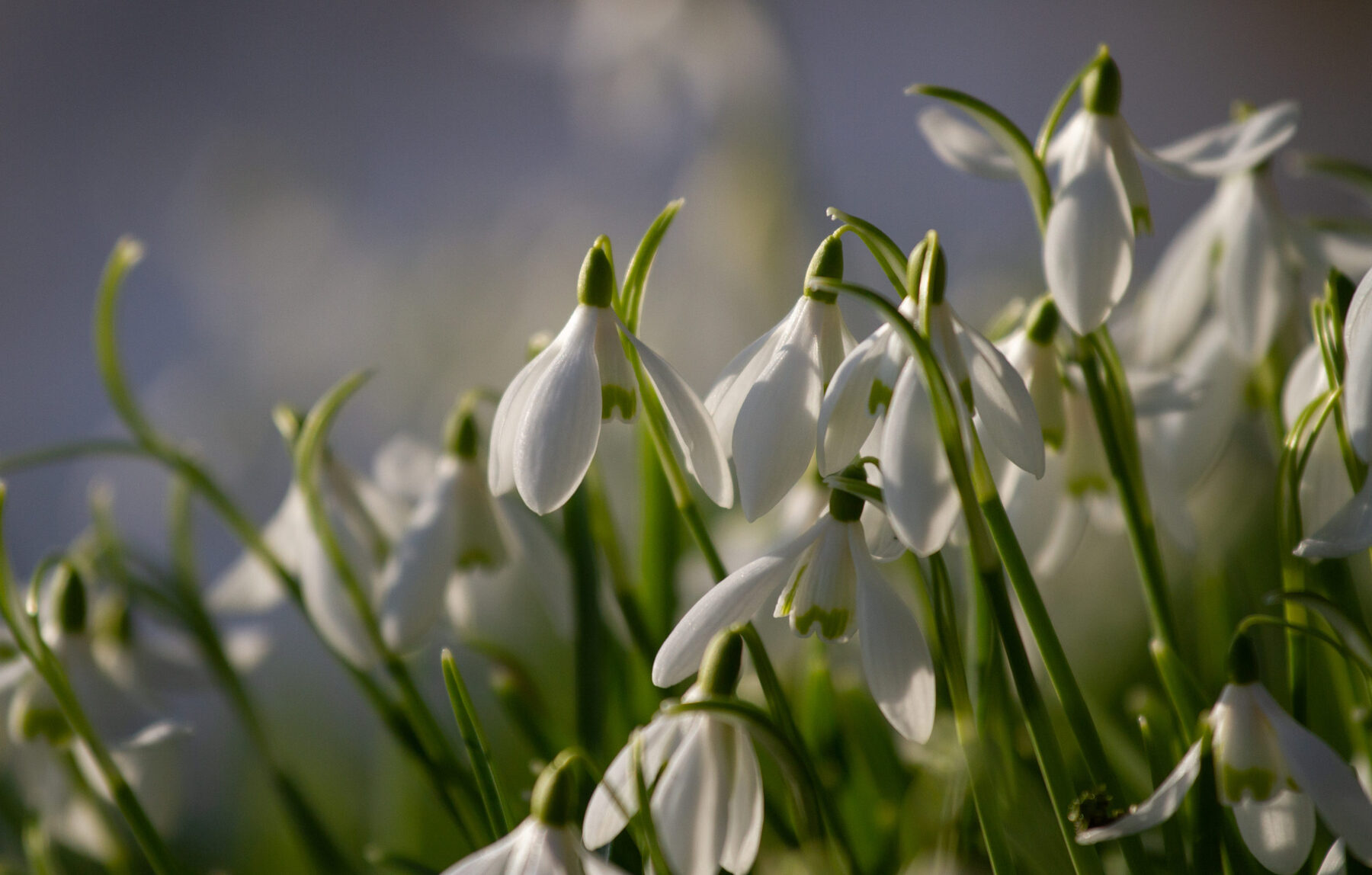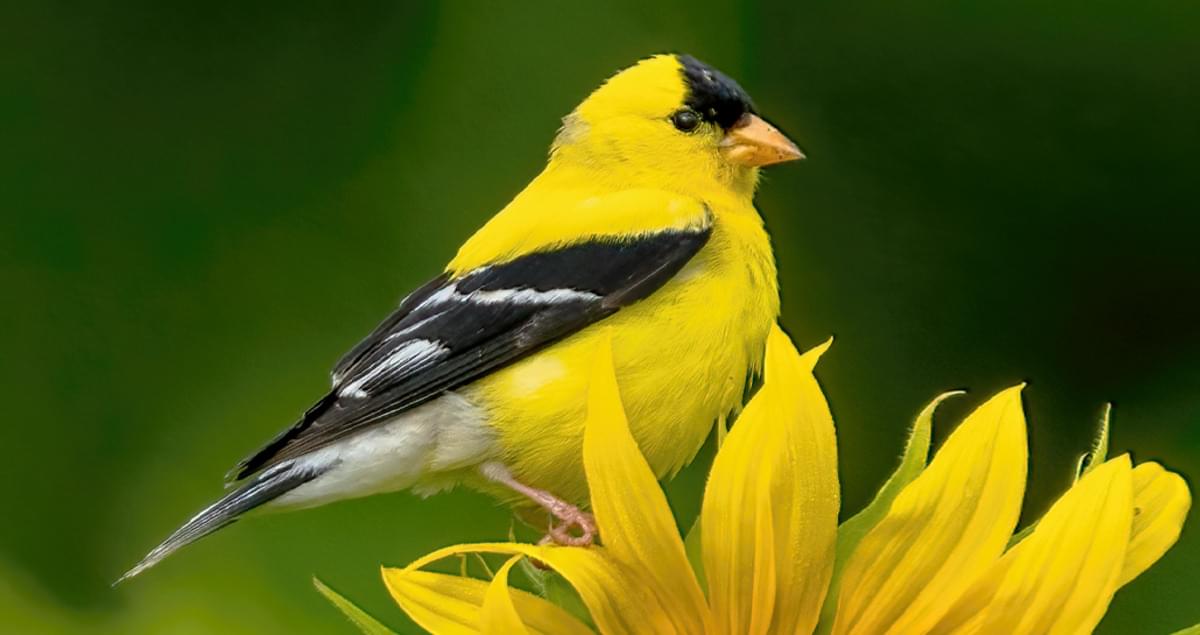
Snowdrops are delicate and enchanting flowers that bring hope and joy as they bloom during the winter months. These small white flowers, scientifically known as Galanthus, are a delightful sight in gardens and woodlands, often heralding the arrival of spring. But there is more to snowdrops than meets the eye.
In this article, we will explore 20 intriguing facts about snowdrops that will deepen your appreciation for these beautiful blooms. From their historical significance to their medicinal uses, you’ll discover the fascinating world of snowdrops. So grab a cup of tea, cuddle up in a cozy blanket, and prepare to be amazed by the wonders of these enchanting flowers.
Key Takeaways:
- Snowdrops are resilient flowers that bloom after winter, symbolizing hope and new beginnings. They provide early nectar for bees and have inspired poets and artists throughout history.
- With over 20 species, snowdrops can survive extreme conditions, have medicinal properties, and are a popular subject for photographers. They are a symbol of hope and renewal in nature.
Snowdrops are the first flowers to bloom after winter.
As the name suggests, snowdrops emerge from the snow-covered ground, defying the cold and signaling the end of winter.
There are over 20 known species of snowdrops.
From the common snowdrop (Galanthus nivalis) to the rarer varieties like the Crimean snowdrop (Galanthus plicatus), there is a wide variety of species to discover.
Snowdrops are native to Europe and Asia.
These enchanting flowers can be found growing naturally in woodlands, meadows, and even mountains throughout Europe and parts of Asia.
Snowdrops have a symbolic meaning.
Often associated with hope and purity, these flowers symbolize new beginnings and the promise of brighter days ahead.
Snowdrops are early nectar sources.
They provide a much-needed source of food for bees and other pollinators when there are limited options available in early spring.
Snowdrops have medicinal properties.
These flowers contain compounds that have been used in traditional medicine to treat various ailments, including headaches and respiratory issues.
Snowdrops can survive in extreme conditions.
They can withstand freezing temperatures and even grow in areas with heavy snowfall, making them incredibly resilient.
Snowdrops have a distinct fragrance.
Their lightly sweet scent attracts pollinators and adds to their allure, making them a delight to have in gardens and outdoor spaces.
Snowdrops inspired famous poets and writers.
From William Wordsworth to Emily Dickinson, these flowers have captivated the imaginations of many literary figures throughout history.
Snowdrops have different flower formations.
Some snowdrops have single flowers, while others have double or even triple flower formations, adding to their uniqueness.
Snowdrops can be grown indoors.
With proper care, you can enjoy the beauty of snowdrops in pots or containers, even if you don’t have a garden.
Snowdrops have a long blooming period.
Depending on the species and environmental conditions, snowdrops can bloom for several weeks, allowing you ample time to admire their beauty.
Snowdrops are protected in some countries.
Due to their conservation status and vulnerability, snowdrops are safeguarded in certain regions, emphasizing their importance.
Snowdrops have inspired artwork and jewelry designs.
The elegance and charm of snowdrops have been immortalized in paintings, sculptures, and intricate jewelry pieces.
Snowdrops have natural insect-repellent properties.
The alkaloids present in snowdrops make them unattractive to pests, making them a great addition to organic gardens.
Snowdrops are a popular subject for photographers.
The delicate petals and intricate details of snowdrops make them a favorite subject for macro photographers.
Snowdrops have different variations of green foliage.
While most snowdrops have green leaves, some varieties have unique markings or patterns on their foliage.
Snowdrops can multiply rapidly.
Over time, snowdrops can form large clumps and spread quickly, creating stunning carpets of white blooms.
Snowdrops are part of many botanical gardens’ collections.
These enchanting flowers are frequently cultivated and cherished in botanical gardens worldwide.
Snowdrops are a symbol of hope.
Their delicate beauty emerging from the cold earth reminds us that even in the harshest of times, there is always hope for renewal and growth.
In conclusion, snowdrops are truly remarkable flowers that captivate us with their beauty, resilience, and extraordinary qualities. Whether they are peeking through the snow or blooming in our gardens, these lovely flowers remind us of the promise of spring and the beauty of nature’s wonders.
So, the next time you spot delicate snowdrops swaying in the breeze, take a moment to appreciate their intricate details and the fascinating world they represent.
Conclusion
In conclusion, snowdrops are truly fascinating plants that captivate our senses with their delicate beauty and resilience. With their unique characteristics and intriguing life cycle, snowdrops have become a beloved symbol of hope, rebirth, and the arrival of spring. From their medicinal uses to their role in folklore and mythology, snowdrops have left an indelible mark on both nature and human culture. Whether you’re a seasoned gardener or simply appreciate the wonders of the natural world, exploring the world of snowdrops is a rewarding experience that will deepen your appreciation for these enchanting flowers. So, the next time you spot a snowdrop peeking through the snow, take a moment to admire its quiet strength and the promise it holds for the days to come.
FAQs
1. What is a snowdrop?
A snowdrop is a perennial flowering plant that belongs to the Amaryllidaceae family. It is characterized by its small, nodding white flowers and narrow green leaves.
2. When do snowdrops bloom?
Snowdrops typically bloom in late winter or early spring, often appearing when there is still snow on the ground. They are one of the earliest flowering plants to emerge after winter.
3. Are snowdrops toxic?
Snowdrops contain alkaloids that can be toxic if ingested in large quantities. It is best to avoid consumption and keep them out of the reach of children and pets.
4. Can snowdrops be grown indoors?
Yes, snowdrops can be grown indoors in pots or containers. They require a period of cold dormancy, followed by a gradual increase in temperature to promote growth and blooming.
5. How do you care for snowdrops?
Snowdrops prefer well-draining soil and partial shade. They should be watered regularly but not overwatered. Once the flowers have wilted, the foliage should be allowed to die back naturally before cutting it back.
6. Are snowdrops deer resistant?
Yes, snowdrops are generally considered deer resistant. Their toxic compounds deter most animals from feeding on them.
7. Can snowdrops be divided?
Yes, snowdrops can be divided after they have finished blooming and the foliage has withered. The clumps can be carefully dug up and divided into smaller sections, which can then be replanted.
8. Do snowdrops have any cultural significance?
Snowdrops have a long-standing cultural significance. They are often associated with purity, hope, and the arrival of spring, and are frequently mentioned in folklore, literature, and art.
Captivated by the enchanting world of snowdrops? Continue your exploration with our related articles. Unearth more snowdrops flower facts, each one as delightful as the last. Prepare to be amazed by unbelievable facts about these harbingers of spring. Expand your knowledge further with our collection of snowdrop flowers facts, shedding light on the intricacies of these beloved blooms. Whether you're a nature enthusiast or simply appreciate the beauty of flowers, these articles promise to enrich your understanding and appreciation of the charming snowdrop.
Was this page helpful?
Our commitment to delivering trustworthy and engaging content is at the heart of what we do. Each fact on our site is contributed by real users like you, bringing a wealth of diverse insights and information. To ensure the highest standards of accuracy and reliability, our dedicated editors meticulously review each submission. This process guarantees that the facts we share are not only fascinating but also credible. Trust in our commitment to quality and authenticity as you explore and learn with us.


